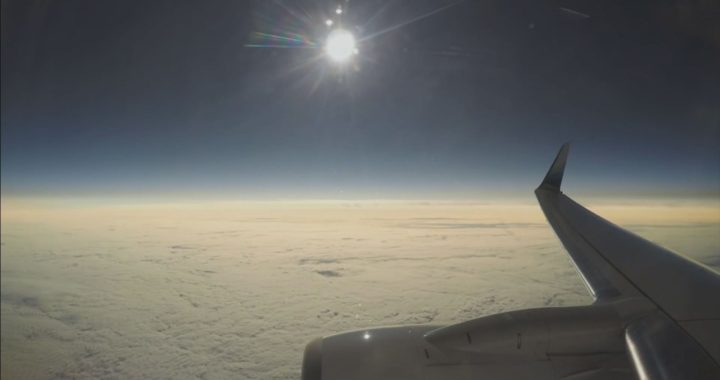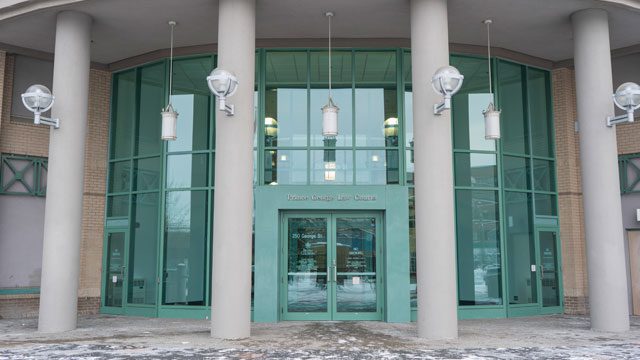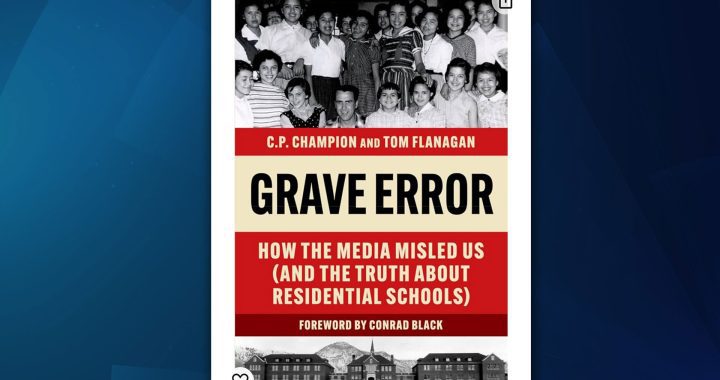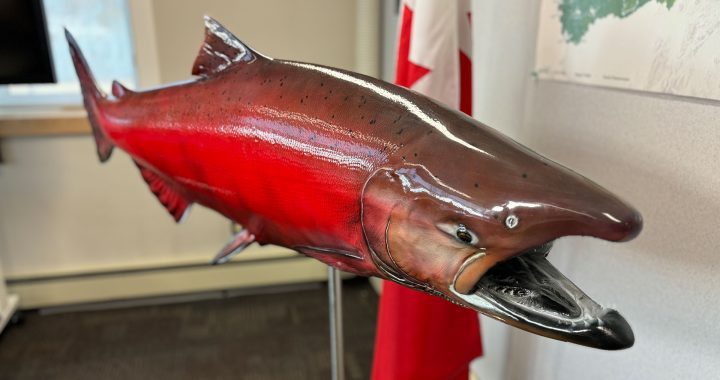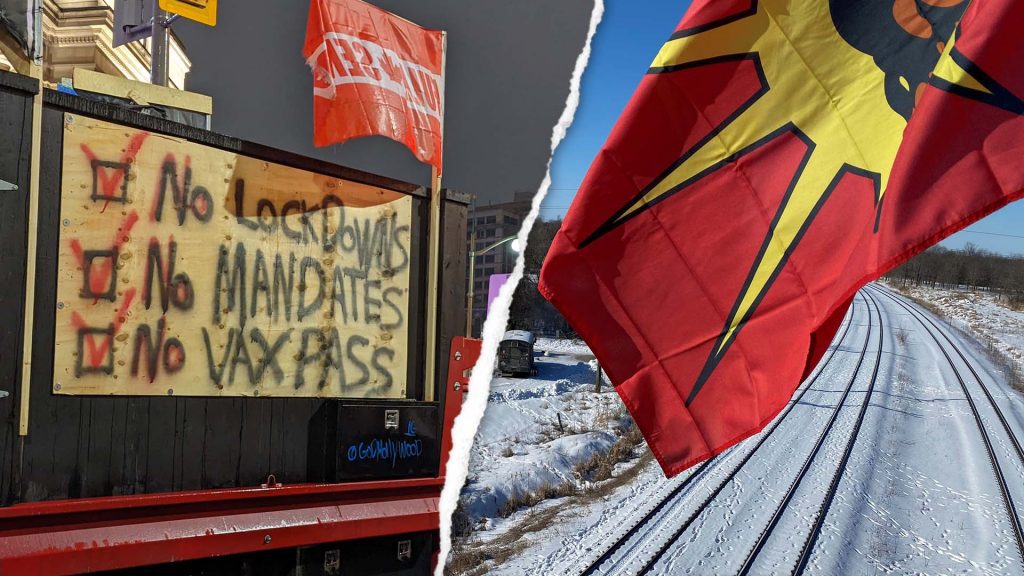
If the largely white, vaccine-mandate protesters idling in the nation’s capital were Indigenous, veteran activists say police would have arrested them forcefully by now.
“Most glaringly is the lack of police action,” says Lori Campbell, a Two-Spirit Cree-Métis educator and advocate referencing the violent para-military crackdown on the Wet’suwet’en pipeline blockade in northern British Columbia in 2019.
“Even at protests in solidarity and street marches – both times the police presence that was there, you know, it’s incredible.”
Campbell, the new associate vice-president of Indigenous engagement at the University of Regina, finds the racial optics startling.
Daily there are images of maskless people smiling and dancing in downtown Ottawa, some with Confederate flags, while their semi-trailer trucks occupy the neighbourhood around Parliament Hill.
So far, police officers have handed out tickets and arrested a few people. But there is none of the more aggressive approaches used against people of colour.
On the weekend, Ottawa Mayor Jim Watson announced that he agreed to sit down with one of the truck convoy’s leaders to work out a deal.
“The fact that they will even negotiate with them shows the difference between Indigenous and non-Indigenous [people],” adds Michelle Robinson, a First Nations rights advocate in Alberta.
“Because we don’t even get negotiations, we just get violence.”
Even social media has been quieter.
Update: Convoy protesters form protective militia known as Ottawa Police #cdnpoli
— The Beaverton (@TheBeaverton) February 14, 2022
There is none of the anti-protest rhetoric shared when First Nations members of Land Back Lane – known as land defenders – staked out a housing development on unceded Six Nations territory near Toronto in 2020.
Or when mainstream media headlines trumpeted the “Indigenous-led” protest two years ago targeting rail lines in solidarity with two anti-pipeline camps in B.C.
“Yet [international] borders are closed and headlines don’t say ‘white-led’ demonstration,” says Campbell.
“I just want to make clear we’re talking about two very different kinds of protests: we’re talking about Indigenous rights that are firmly entrenched in the Constitution and treaty agreements, versus what’s going on with the convoy.”
The convoy has blocked crucial trade routes to the United States in three provinces and tied up parts of Ottawa going on three weeks.
Millions of dollars

“We’re talking about millions of dollars in trade on a daily basis,” says Dennis Darby, vice-president and CEO of the Canadian Manufacturers & Exporters.
“Some of our members say this hurts them as Canadians.”
Darby says jobs and business relationships are on the line just as industry is trying to recover from shutdowns caused by the coronavirus pandemic.
He says big rigs blocking the Ambassador Bridge between Windsor, Ont., and Detroit, Mich., cut off trade worth an estimated $450 million per day.
By comparison, CN Rail says the sporadic two-week protests on its tracks two years ago cost the company $270 million.
CN declined to comment when contacted by APTN News for this story.
Darby feels people have a right to demonstrate but not in front of international trade corridors.
“That’s why these particular actions in Ontario and Manitoba and in Alberta for our sector, for our members, are incredibly problematic and quite devastating,” he says.
“When the Americans start to notice it undermines our reliability as a trading partner. It really is quite a mess.”
Robinson sees a blatant difference in how Indigenous protests are viewed as a threat.
Trudeau invokes Emergencies Act, extends lengths Canada will go to avoid applying their own laws to white people
— Walking Eagle News (@TheEagleist) February 14, 2022
“To me, it’s always been corporate funded and police allowed for non-Indigenous people compared to Indigenous people who have legitimate rights, inherent rights,” she says.
“We’ve had calls for justice and reconciliation and yet Canadians don’t want to do the work, they’d rather negotiate with terrorists. That’s what I think these convoys are; they’re terrorists. It’s a small minority of bullies from Alberta trying to take over the entire national agenda.”
Mohawks in Tyendinaga
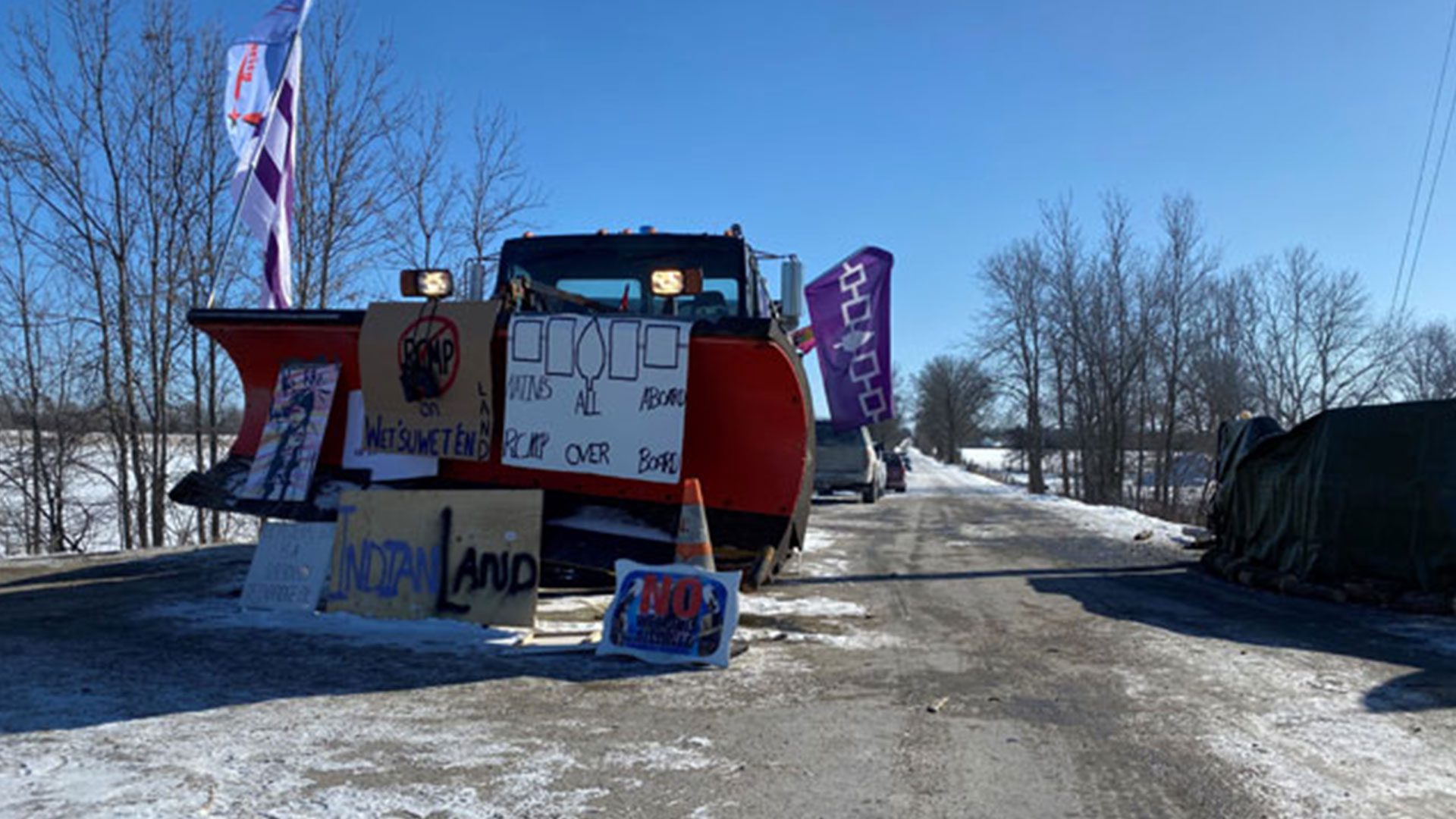
When Bay of Quinte Mohawks in Tyendinaga blocked CN’s line as part of the rail blockade in 2020, the political signals were mixed.
While the Liberals wanted to talk, the Conservatives doubled down.
This was then-Conservative Leader Andrew Scheer at the time: “These protesters, these activists, may have the luxury of spending days at a time at a blockade, but they need to check their privilege, they need to check their privilege and let people whose job depends on the railway system – small business, farmers – do their job.”
Fast forward to last week and Scheer was recorded flashing a thumbs up to convoy members as he walked to Parliament Hill.
Then there’s PC Party politician Pierre Poilievre. While fully supporting the downtown Ottawa protest (interim leader Candice Bergen asked them to go home), Poilievre was critical of the Mohawks in 2020.
“These blockaders are taking away the freedom of other people to move their goods and themselves where they want to go, and that is wrong,” said the MP who is running for the leadership of the Conservatives.
Campbell says it’s hurtful to see such light resistance to what she calls a “national insurgence.”
It has her questioning security, extremism and social justice in Canada.
“This isn’t about a vaccination. This is about people trying to use their powers and privilege in a supremacist movement that are unhappy with anything that isn’t about them,” she says.
“Black and Indigenous and queer folk knew this was coming; they saw it coming on social media long before we saw action taken by (police) resources or governments. I don’t understand why they’re not arresting them and towing vehicles and taking care of what needs to be taken care of.”
TLM
Truckers Lives Matter
Just a peaceful occupation
— WildBlueDrones (@DronesWild) February 14, 2022
Despite the discovery of unmarked graves of possible residential schoolchildren last summer that prompted Canadians to re-think racism, Campbell still feels peaceful Indigenous protesters are treated differently by the police.
She also wonders why white allies aren’t speaking up.
“Having been involved in protests for 30 years – from the Starlight Tours and trials to the Wet’suwet’en – I am wondering if you weren’t in support of vaccine mandate and you were not a white supremacist or racist, then where is your outrage about what is going on now?
“About the flags, about the immorality and the harm caused to national monuments, the drinking, the putting up bouncy castles and making a mockery out of whatever issue it is that they essentially say that they’re there for.”
Bob Masterson, president and CEO of the Chemistry Industry Association of Canada, says the Canadian Chamber of Commerce has been advocating for his members on the paralysing effects of the continuing blockade.
Every manufacturing sector

“We represent every manufacturing sector from cosmetics to chemicals, cars to food products,” he says, noting smaller producers rely heavily on trucking.
“We have been disappointed governments have been so slow and it’s been private citizens that have requested injunctions into some of these matters. There is a role for governments to go to the courts and to make it clear that this is no longer just unfortunate and frustrating but truly illegal.”
Robinson says perceptions of protesters who look like her fuel online hate, talk radio misinformation, and gendered violence and racism.
“As Indigenous people, we face the damage to our reputation as a troublemaker, but legitimately we will stand for our rights,” she says.
“These folks, they’re not standing for my rights; they’re not standing for 90 per cent of the truckers’ rights. They are clearly fascist, brown shirt, boot lickers, who are getting their way, and getting negotiated, and getting Conservative [party] photo ops.”
As of this posting, Ottawa police, with support from the Ontario Provincial Police and RCMP have started to ticket trucks in the downtown core. Parents are being warned to take their children out of the “red zone” in downtown Ottawa ahead of police action.




